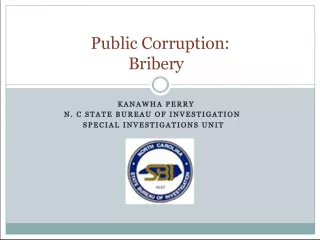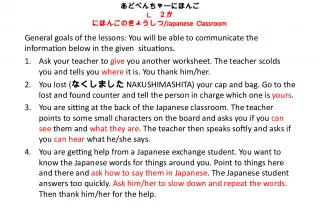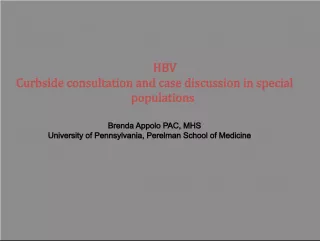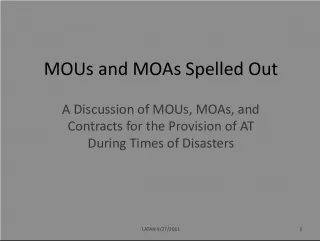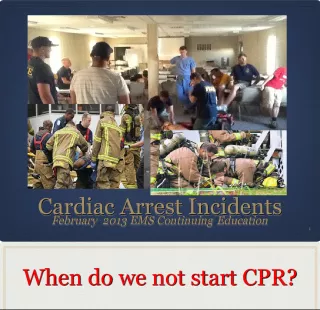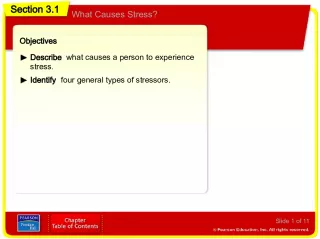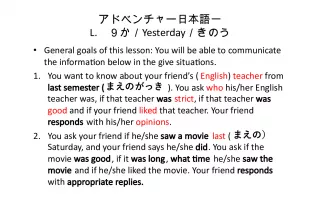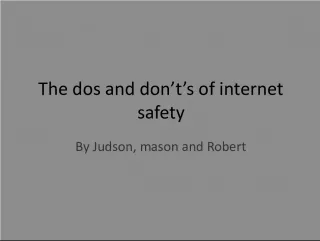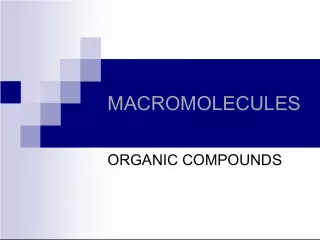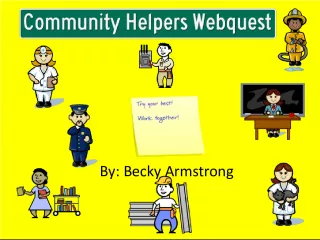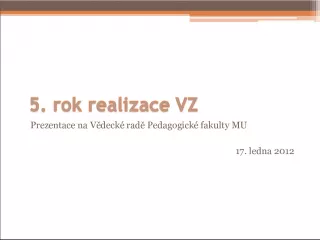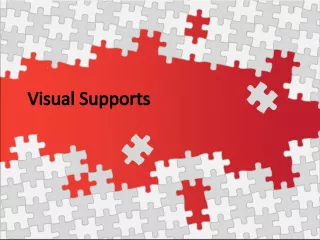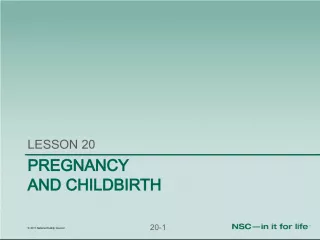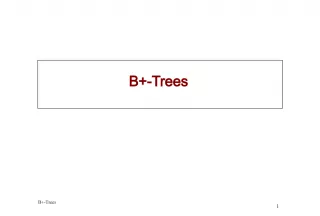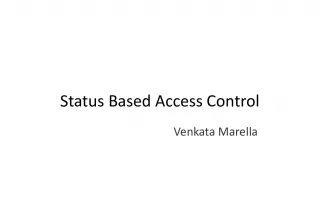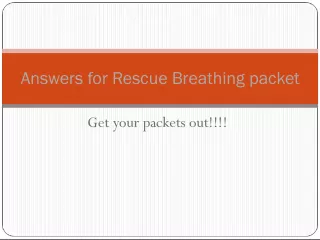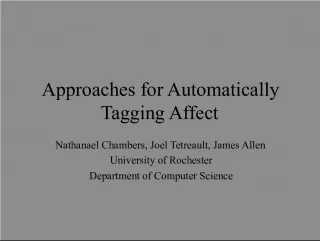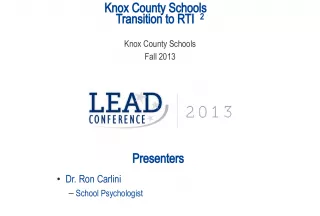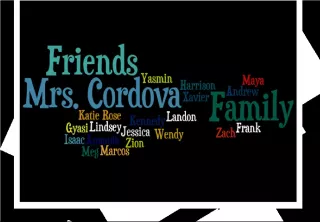Special First Aid Situations
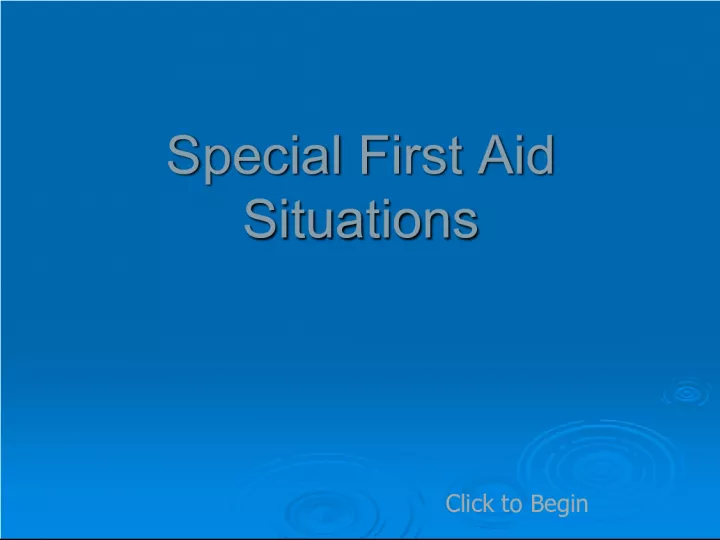

This interactive module, titled "Special First Aid Situations," aims to educate individuals on how to handle specific emergency situations that require immediate attention. The module covers a variety of scenarios, including poisoning, epile
- Uploaded on | 1 Views
-
 anthonychow
anthonychow
About Special First Aid Situations
PowerPoint presentation about 'Special First Aid Situations'. This presentation describes the topic on This interactive module, titled "Special First Aid Situations," aims to educate individuals on how to handle specific emergency situations that require immediate attention. The module covers a variety of scenarios, including poisoning, epile. The key topics included in this slideshow are . Download this presentation absolutely free.
Presentation Transcript
Slide1Special First Aid Situations Special First Aid Situations Click to Begin
Slide2Special First Aid Situations Special First Aid Situations Poisoning Poisoning Epileptic Seizures Epileptic Seizures Anaphylactic Shock Anaphylactic Shock Click to Continue
Slide3Inhaled Poisons Inhaled Poisons Examples: Examples: Freon Freon Nitrous oxide Nitrous oxide Gasoline vapor Gasoline vapor Natural gas Natural gas Symptoms: Symptoms: Nausea Nausea Vomiting Vomiting Seizures Seizures Confusion Confusion Click to Continue
Slide4Inhaled Poisons Inhaled Poisons Treatment: Treatment: Adequate ventilation Adequate ventilation Call 911 Call 911 CPR may be needed. CPR may be needed. Get away from the area if there is a potential for fire or explosion. Get away from the area if there is a potential for fire or explosion. Click to Continue
Slide5Inhaled Poisons Inhaled Poisons Carbon Monoxide Carbon Monoxide Often caused by malfunctioning heating systems or car exhaust. Often caused by malfunctioning heating systems or car exhaust. Not really a poison—it blocks the blood’s ability to carry oxygen. Not really a poison—it blocks the blood’s ability to carry oxygen. In light skinned people look for cherry red lips, fingernails, and cheeks. In dark skinned people look for a grayish tint to the lips and fingernails. In light skinned people look for cherry red lips, fingernails, and cheeks. In dark skinned people look for a grayish tint to the lips and fingernails. Get the victim to good ventilation and call 911. Get the victim to good ventilation and call 911. Click to Continue
Slide6Ingested Poisons Ingested Poisons National Poison Control: . (1-800-222-1222). National Poison Control: . (1-800-222-1222). Caustic liquids that cause the burning and irritation of the lungs and or the stomach Caustic liquids that cause the burning and irritation of the lungs and or the stomach Bleach, lye, furniture polish ect. Bleach, lye, furniture polish ect. Do not induce vomiting, as it can cause damage on the way up. Do not induce vomiting, as it can cause damage on the way up. Non caustic over dose of dose of Non caustic over dose of dose of Aspirin,Tylenol prescription drugs, illegal drugs Aspirin,Tylenol prescription drugs, illegal drugs Call poison control: They will recommend that you induce vomiting as quickly as possible if you are sure that these are the poisons, and If the person is conscious. Call poison control: They will recommend that you induce vomiting as quickly as possible if you are sure that these are the poisons, and If the person is conscious. Click to Continue
Slide7Epilepsy Seizures Epilepsy Seizures An epileptic seizure, sometimes called a fit, happens when ordinary brain activity is suddenly disrupted. An epileptic seizure, sometimes called a fit, happens when ordinary brain activity is suddenly disrupted. Epileptic seizures can take many forms. Epileptic seizures can take many forms. A person may lose consciousness and have no memory of the incident. A person may lose consciousness and have no memory of the incident. Convulsions may occur. Convulsions may occur. Be careful not to follow old myths about proper procedures. Be careful not to follow old myths about proper procedures. Click to Continue
Slide8Treatment for Seizures Treatment for Seizures Move any thing that the person could damage themselves with out of the immediate area. Move any thing that the person could damage themselves with out of the immediate area. Make the area as comfortable as possible Make the area as comfortable as possible Call 911 Call 911 Treat any condition associated with the seizure Treat any condition associated with the seizure Click to Continue
Slide9Treatment for Seizures Treatment for Seizures Things not to do Things not to do Do not try to put anything in the mouth. There is no danger of swallowing the tongue, and the teeth can be injured. Do not try to put anything in the mouth. There is no danger of swallowing the tongue, and the teeth can be injured. Do not try to restrain them. Do not try to restrain them. Look for medical alert information. Look for medical alert information. Do not make the person feel uncomfortable with undue and unnecessary attention when it is over. The person usually understands what happened and will not need further assistance. Do not make the person feel uncomfortable with undue and unnecessary attention when it is over. The person usually understands what happened and will not need further assistance. Click to Continue
Slide10Anaphylactic Shock Anaphylactic Shock Anaphylactic shock is a sever allergic reaction to various proteins. Anaphylactic shock is a sever allergic reaction to various proteins. Common allergic proteins include Common allergic proteins include bee venom bee venom penicillin penicillin peanuts peanuts shrimp shrimp Click to Continue
Slide11SymptomsSymptoms Hives/red blotchy complexion Hives/red blotchy complexion Difficulty breathing due to swelling of the throat, causing the airway to close Difficulty breathing due to swelling of the throat, causing the airway to close Vomiting and diarrhea Vomiting and diarrhea Low blood pressure Low blood pressure Check for a medic alert tag Check for a medic alert tag Click to Continue
Slide12TreatmentTreatment Call 911 Call 911 Check for an emergency kit Check for an emergency kit If victim become unconscious: If victim become unconscious: Treat for shock Treat for shock Check for breathing Check for breathing Administer CPR. Administer CPR. • Check for pulse, • Check for pulse, • If there is a pulse, administer rescue breathing • If there is a pulse, administer rescue breathing • (1 breath every 5 seconds) • (1 breath every 5 seconds) People with known allergies often carry kits in case of an emergency. This Concludes the Presentation
